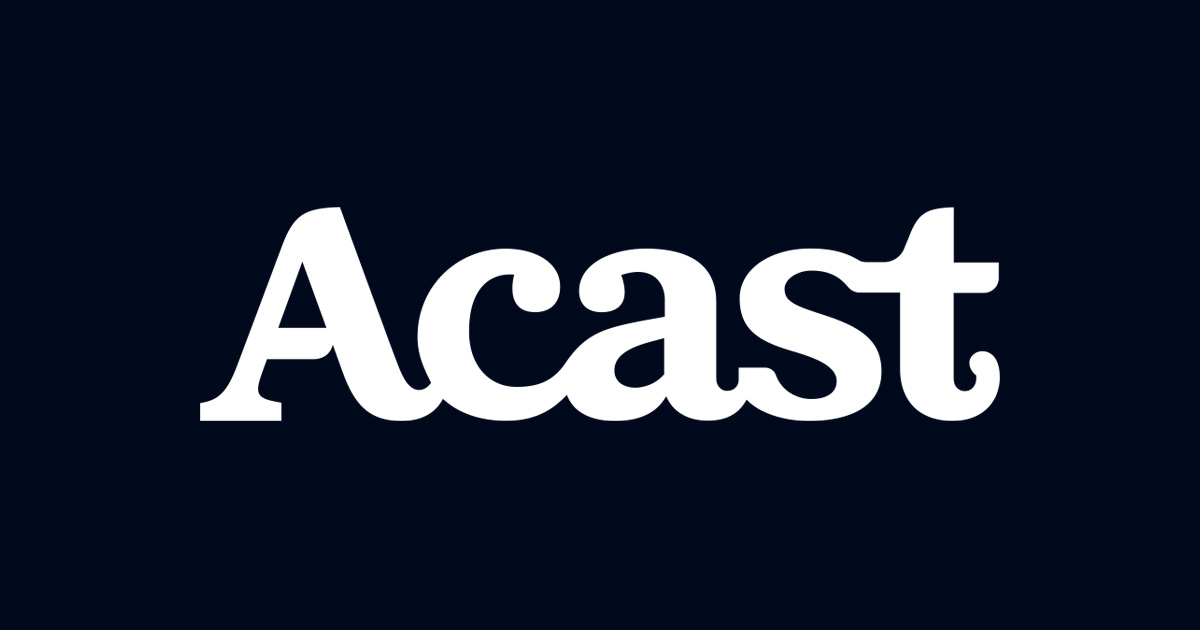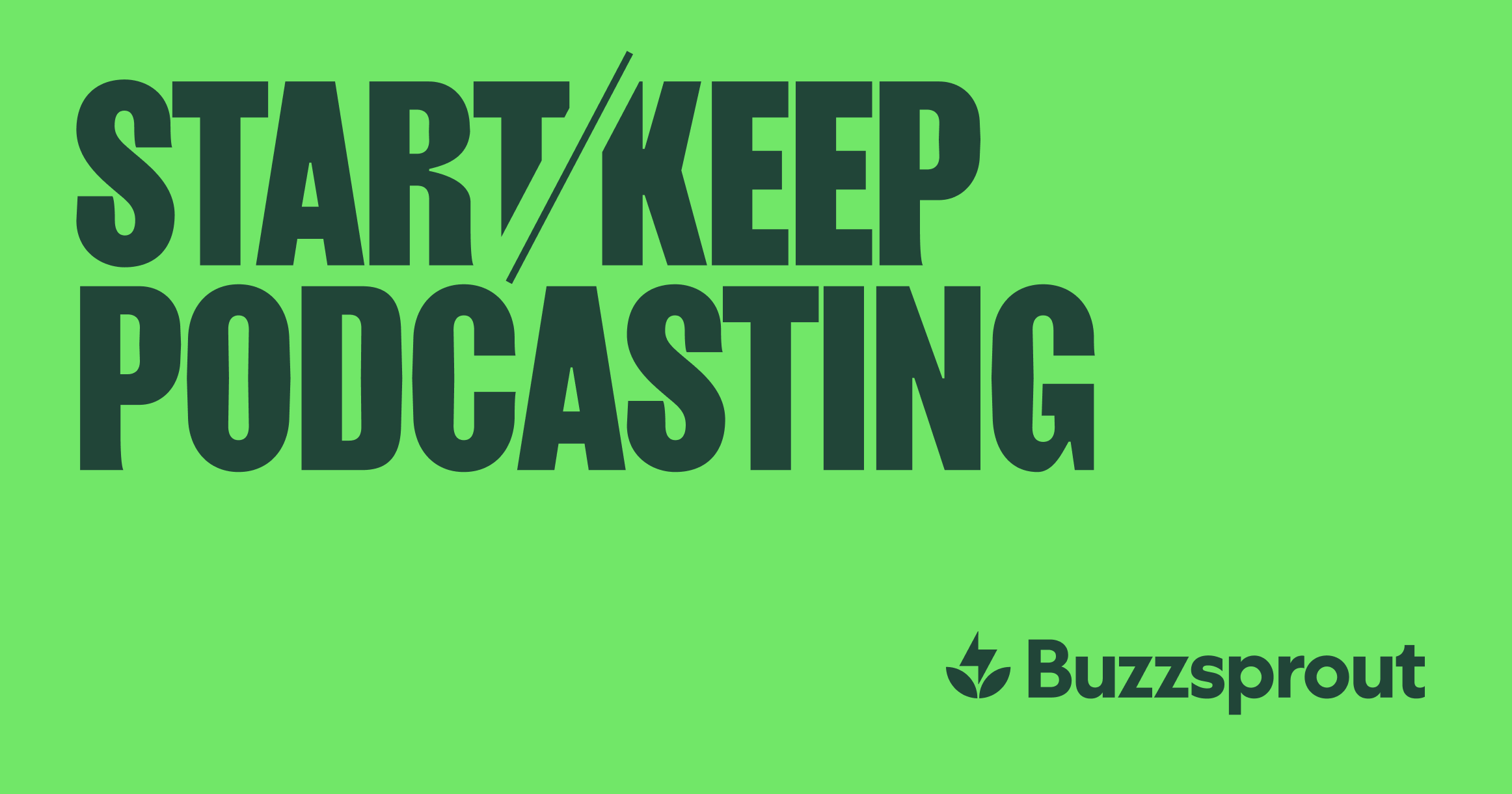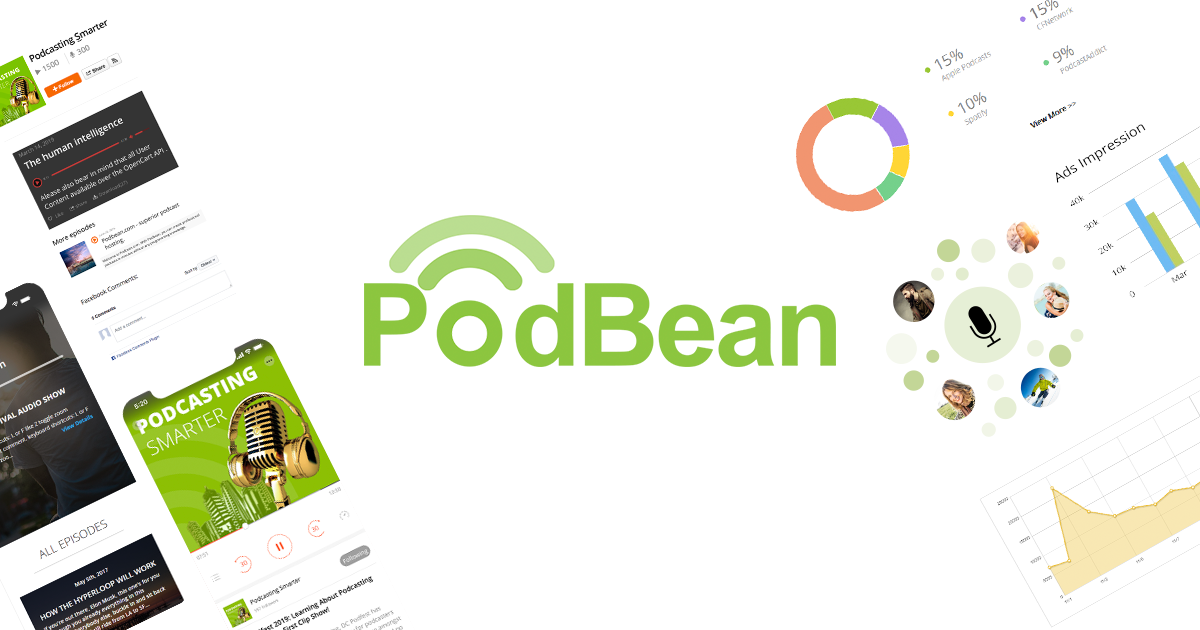7 Useful Podcast Platforms for Asian Leaders in 2025
Need to get your podcast going? Compare reach, monetization, China distribution, and ad features to scale shows and boost ad ROI.

The Asia Pacific podcasting market generated about US$5.9 billion in 2024. It is on track for roughly US$28.3 billion by 2030, a 29.5% yearly growth rate. That puts podcasts among the fastest-growing places for executives to share industry expertise and build trust with customers.
The payoff is clear. Podcasts, and ads associated with them, lift brand awareness by about 13 percentage points, and branded shows build strong recall because people listen for long stretches. Mobile rules the format too, with most listening happening on smartphones, which fits Asia’s mobile-first habits.
If you are a CMO or CEO, platform choice is now a strategic decision, not a tech detail. In no particular order, here is a quick way to choose.
What to prioritize before you pick a platform
- Audience location and access: Southeast Asia is open and concentrated; China is a walled garden that needs local platforms and partners. Sports content is the fastest-growing genre, and Japan is set for the highest growth from 2025 to 2030, which can guide your content bets.
- Your goal and toolkit: Decide if you want ad buying at scale, a branded show, or both. Look for analytics, dynamic ad insertion (automatic ads across new and old episodes), and multi-language options via AI translation tools so one production can reach many markets.
Spotify for Creators

If you want reach in Southeast Asia, start here. In markets like the Philippines, a large majority of listeners use Spotify, making it the dominant platform in the region. On the supply side, Spotify for Creators leads new episode publishing with 28.2% share. Your show will sit where creators are most active.
This concentration means you can avoid spreading thin across too many apps. A focused Spotify-first plan often delivers faster scale than a scattered approach. Look into Spotify’s dominance in Southeast Asia and the most recent hosting share.
Acast

For premium audiences and brand-safe buys, Acast stands out. It runs the largest hub of premium podcasts available to advertisers in Asia and saw a 21% monthly listening increase across Singapore, Hong Kong, the Philippines, and Indonesia between mid-2022 and early 2023. Networks and shows include The Daily Ketchup, The Financial Coconut, and South China Morning Post.
As Reginald Koh, Founder and Host of The Financial Coconut, puts it, “Podcasting allows for hours and hours of consumption, which makes it easy for listeners to create a serious affinity with the brand advertised or the host.” For marketers, that affinity is exactly what you want.
Ximalaya

China requires its own maneuvers. Ximalaya is a category leader with 303 million monthly active users in 2023 and a young, urban base. Nearly 40% are under 24, with strong student and white-collar segments. Monetization is real, with almost half of surveyed users buying paid programs and most holding positive views on podcast ads.
China’s market leadership in Asia Pacific and Tencent Music’s US$1.26 billion acquisition of Ximalaya point to a maturing ecosystem. Brands are finding traction with long-form stories. GIADA’s “Herstory,” hosted by Lu Yu, has over 1.07 million subscribers on Xiaoyuzhou, showing how branded shows can win attention without celebrity endorsements.
China’s broader audio economy is also expanding, up 10.2% year-on-year in 2024 to RMB 568.82 billion (~US$80 billion). It is expected to top RMB 740 billion (~US$104 billion) by 2029. Podcast advertising alone reached about RMB 3.3 billion (~US$450 million) in 2024.
Qingting FM

For China distribution outside global apps, Qingting FM is a go-to local platform. It supports native discovery, community features, and the payment habits Chinese listeners already follow. For foreign brands, the winning approach is not translation, but truly local shows created with Chinese partners, the route LVMH took with a custom China version of its podcast rather than a straight copy.
If China is in your plan, expect a separate production and approval workflow, local hosting, and an ongoing content calendar shaped by listener feedback. Here is a practical guide to entry through local platforms.
Spreaker

Spreaker is a top host by episode volume, with 17.1% of new episode share. It suits teams that want reliable hosting, distribution to all major listening apps outside China, and built-in monetization options. If you intend to publish at scale or run a multi-show network in Asia, Spreaker gives you muscle without heavy engineering.
Buzzsprout

Buzzsprout holds a strong 10% share of new episode publishing. It is known for ease of use, clear analytics, and fast distribution. For executive shows and B2B podcasts, simple workflows matter. Pair Buzzsprout with a focused media plan, and you can launch quickly, then add ad buys as your audience grows.
Podbean

Podbean offers solid hosting plus advanced monetization. Its PodAds feature enables dynamic ad insertion, which means you can place and rotate ads across your entire catalog, including old episodes, and update campaigns in real time. Pricing is simple at about US$1 per every 1,000 ad impressions with no revenue share, which can help finance ongoing production.
Why this market window matters in 2025
The Asia Pacific podcasting market is set for rapid growth through 2030, giving early movers room to build loyal audiences before saturation. Podcast ad spend in Asia is projected to reach about US$760 million in 2025. The global podcasting market is already sizable, with roughly 4.4 million titles, over 400 million episodes, and more than 580 million listeners.
Mobile-first habits and the time people spend with shows make podcasts different from short social clips. For complex topics, like finance or enterprise tech, podcasts let you explain clearly in a human way. Many B2B brands already use client conversations and partner voices to do this well.
What smart CMOs do next
- Pick two to three core platforms to look into based on your audience. For Southeast Asia, start with Spotify for Creators and consider Acast for premium buys. For China, plan a local-only track with Ximalaya and Qingting FM.
- Build one flagship show that can travel. Use AI translation tools to localize episodes across markets. Where relevant, test bilingual formats, which often outperform single-language shows.
- Monetize like a media company. Use dynamic ad insertion to fund production, sponsor your own back catalog, and align content with high-growth genres like sports, while remembering that news and politics still command the largest revenue share.
Want to stay up-to-date on the stories shaping Asia's media, marketing, and comms industry? Subscribe to Mission Media for exclusive insights, campaign deep-dives, and actionable intel that reveal how craft, culture, and commerce move markets.












